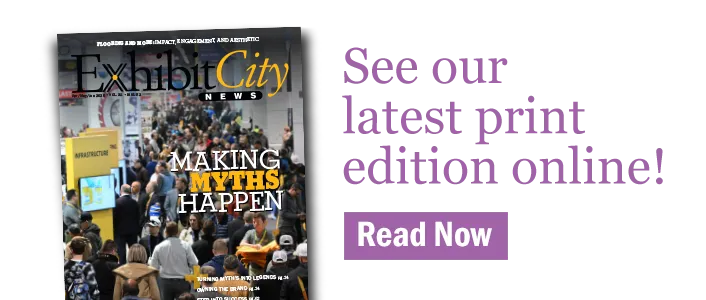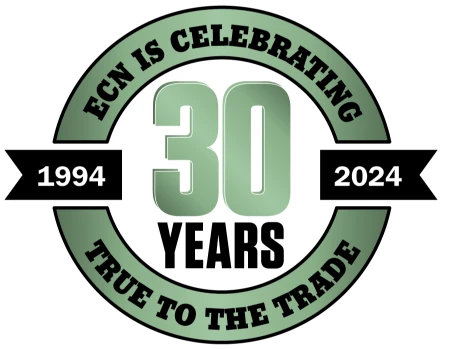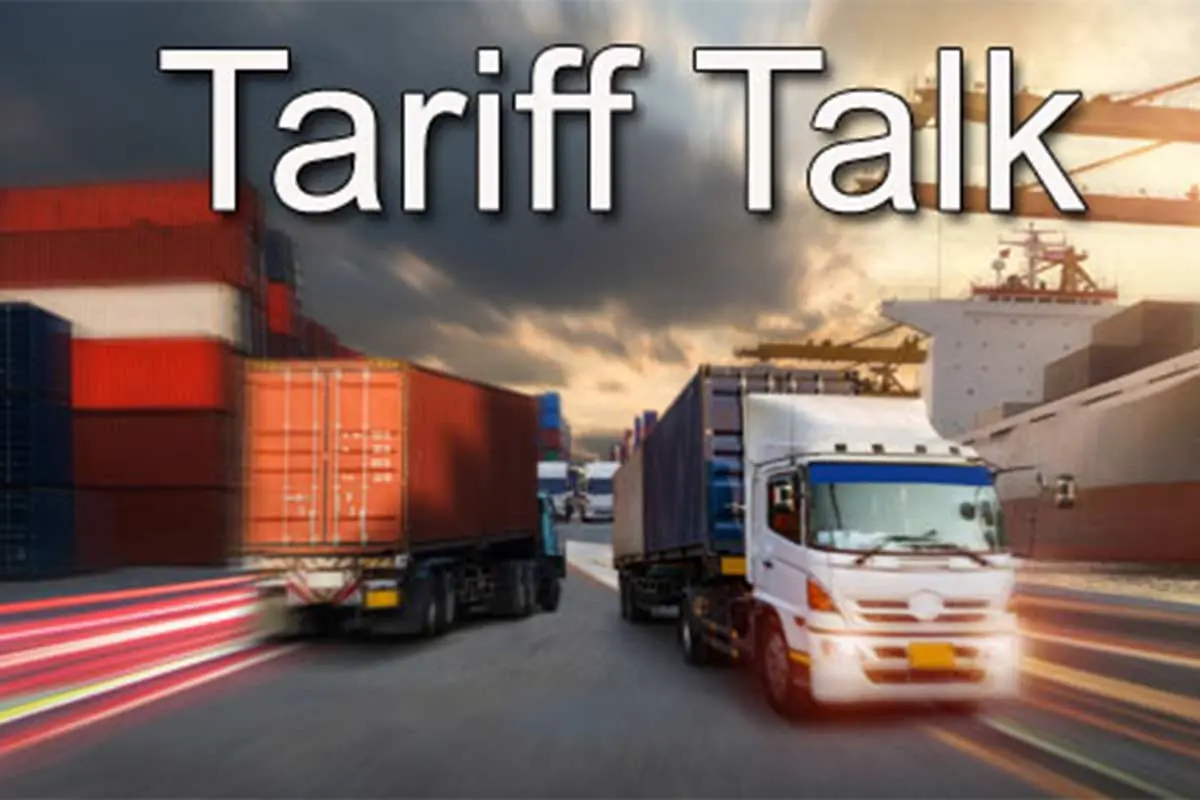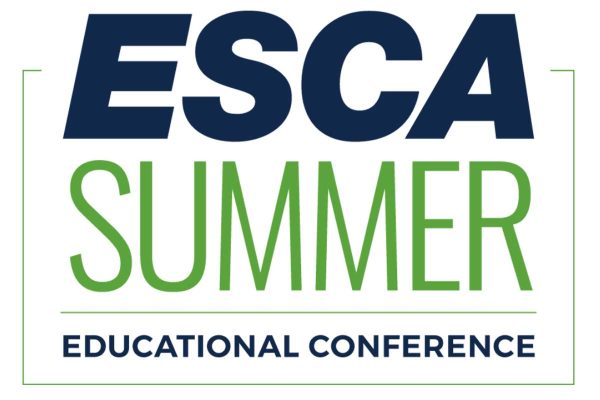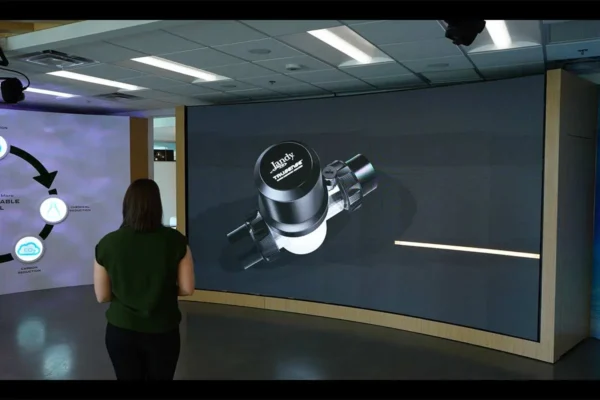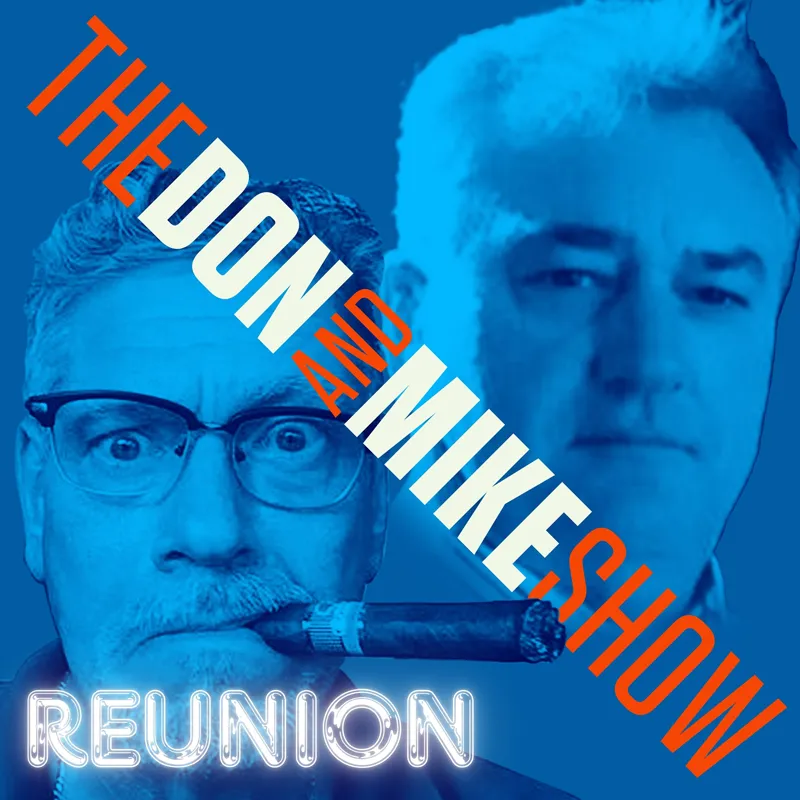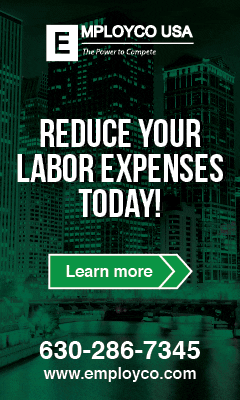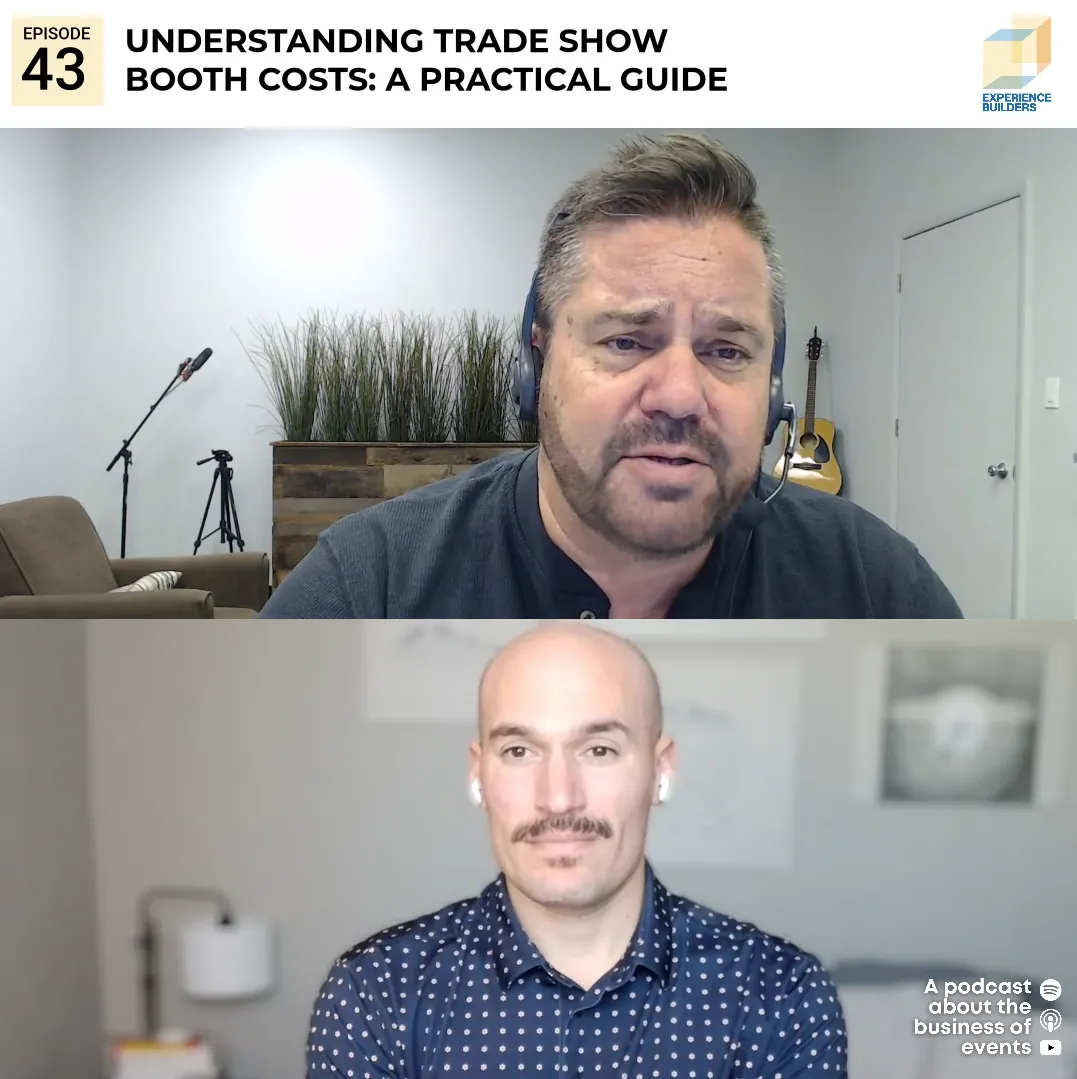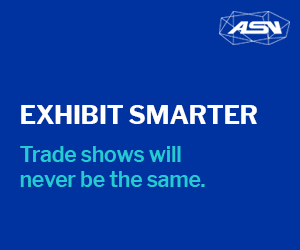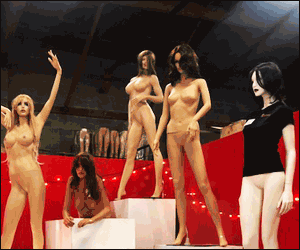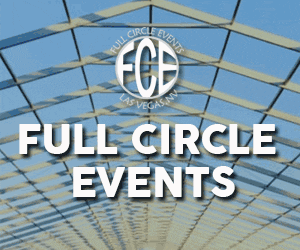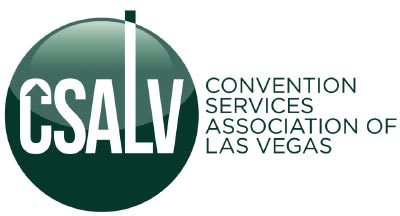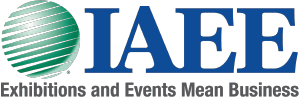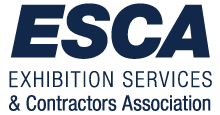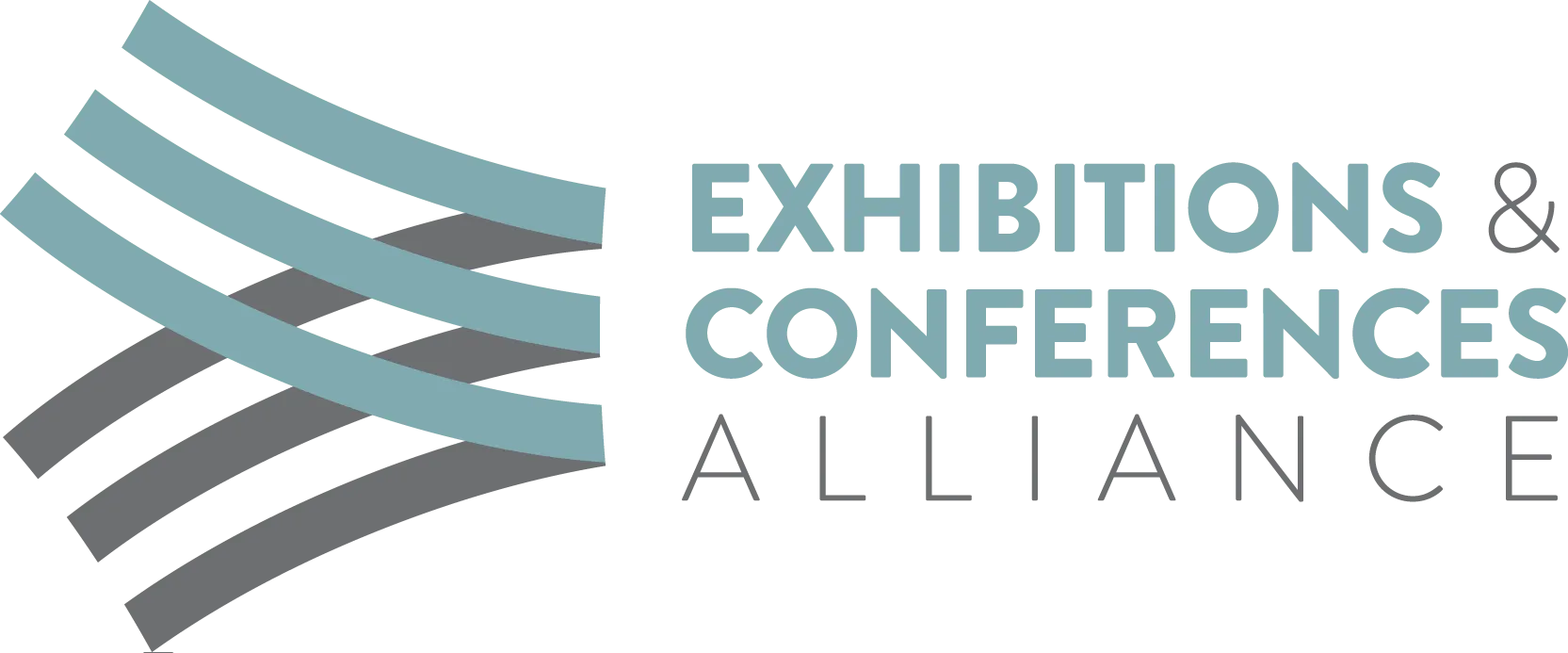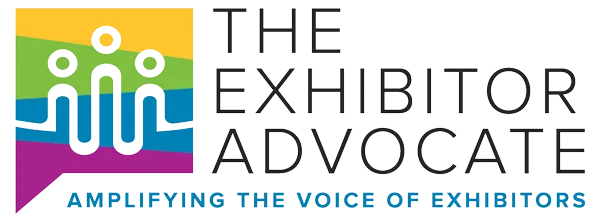How Rising Costs and Trade Policies May Impact Exhibits and Live Events
by Mark Hebert, Exhibit City News
With rising costs and new trade policies looming, businesses in the tradeshow industry are bracing for potential financial impacts. On Tuesday, February 18, the EDPA Las Vegas Chapter hosted Tariff Talk, a virtual discussion examining how tariffs affect exhibits and live events. The conversation featured Kevin Carty, EVP at Classic Exhibits, and Rob Cohen Display Supply & Lighting, who provided insights into past, present, and future trade policies—and what businesses can do to prepare.
Cohen stressed that tradeshow industry suppliers and exhibitors should include tariff-related disclosures in their pricing agreements to protect against unexpected increases. “You need to protect yourself against potential increases that could arise after the date of quotation to the date of delivery,” he said.
Kevin Carty, EVP at Classic Exhibits, added: “We can call tariffs whatever we want, but at the end of the day, they are a tax—and that tax falls on us.”
The Cost of Doing Business Keeps Rising
The conversation centered on Section 232 tariffs for steel and aluminum and Section 301 tariffs on a wide range of goods, from lighting fixtures to cables and motors. These tariffs, which originated during President Donald Trump’s first administration, were maintained and renewed under President Joe Biden, and now are about to be increased again have already generated over $300 billion in revenue for the U.S. government—a number Cohen noted “isn’t likely to go away.”
Beyond the immediate financial impact, Carty explained that the complexity of tariffs goes beyond a simple percentage markup. “It’s easy to focus on 10 percent or 25 percent tariffs, but when you layer in anti-dumping fees, duty charges, and other costs, the real numbers are much higher,” he said.
What’s Next? The Industry’s Uncertain Future
One of the biggest concerns is that potential new reciprocal tariffs could be introduced as early as March 12, adding additional layers of cost and uncertainty regardless of what country the products are coming from. “This is no longer just about China—this is potentially about every country,” Carty emphasized. “If some of these reciprocals go through, we could be looking at price hikes just as our industry heads into one of its busiest season.”
For exhibitors and suppliers, that uncertainty makes it difficult to quote projects with certainty months in advance. The panelists strongly advised companies to include tariff-related disclosures in pricing agreements and quotations to protect against unknown tariff, taxes and fee increases at the time of quotation.
What Can the Industry Do?
While tariff policies are controlled at the Executive branch and not by Congress, Cohen encouraged industry professionals to continue advocating for relief. EDPA and other coalitions have signed numerous letters opposing tariff expansions, and industry professionals are urged to make their voices heard. “We have to keep speaking up for small businesses,” Cohen said. “The more noise we make, the better chance we have of influencing change over the long run.”
For those looking to take action, the industry’s Legislative Action Day on May 29 in Washington, D.C. will provide an opportunity for industry professionals to engage with lawmakers on issues affecting the tradeshow and live events industry.
Stay Informed
The EDPA Las Vegas Chapter and other industry groups will continue to monitor tariff developments and provide updates. For now, businesses should prepare for potential cost increases and take steps to safeguard their financial stability. Cohen and Carty recommended adding the language to contracts and quotations similar to: This quotation is subject to the imposition of additional tariffs, taxes, and importing fees that may be imposed following the date of this quotation.



